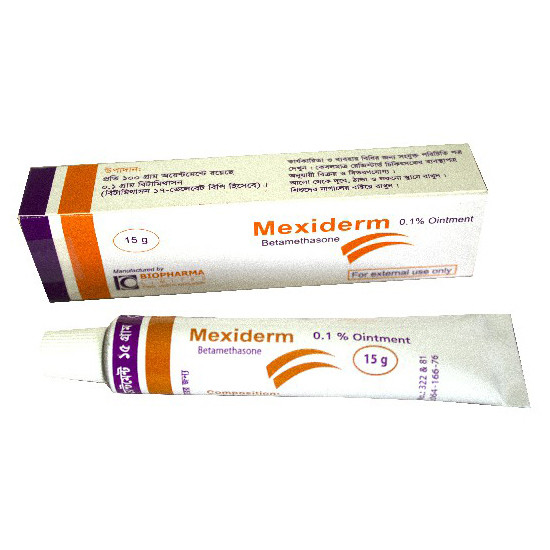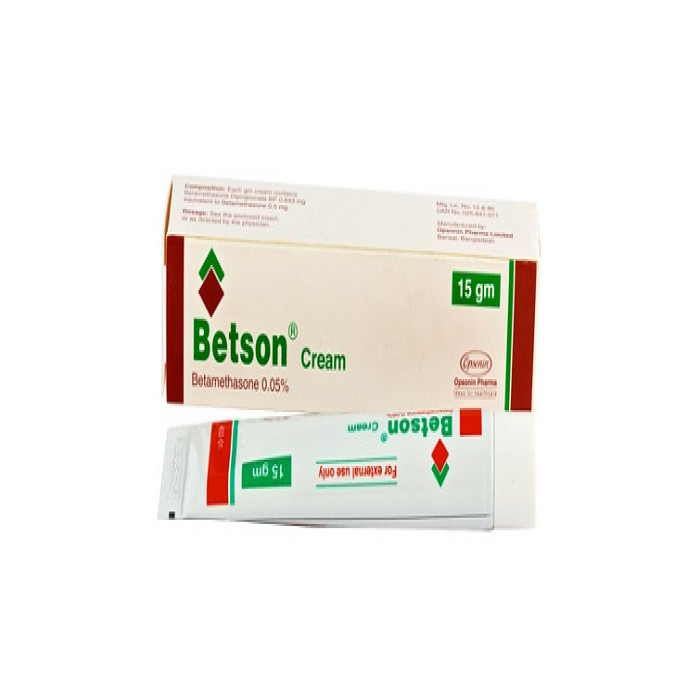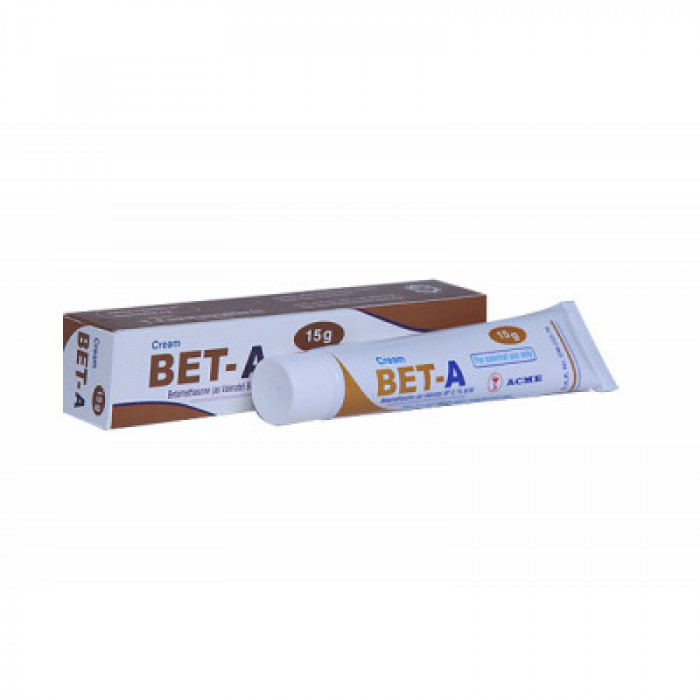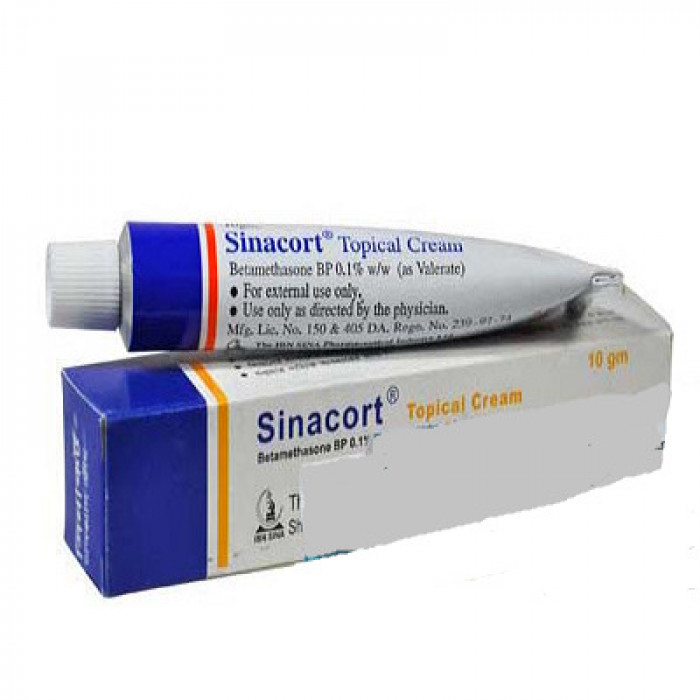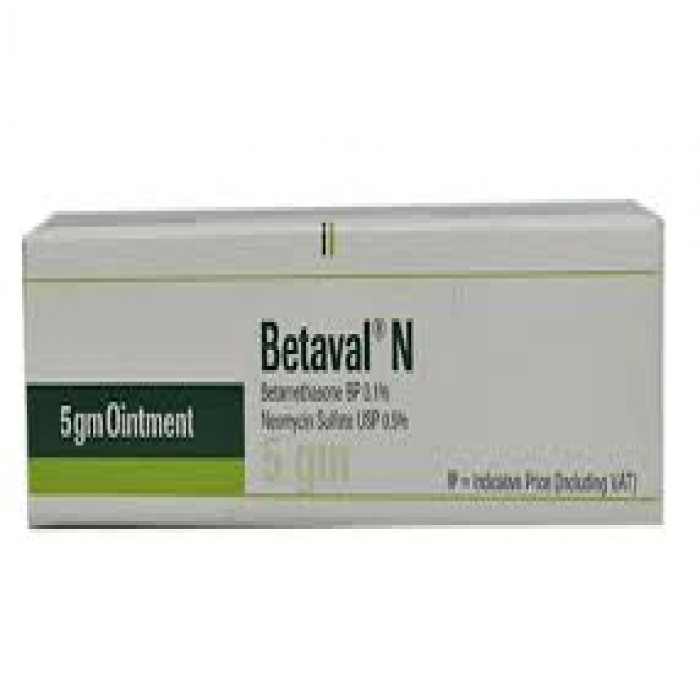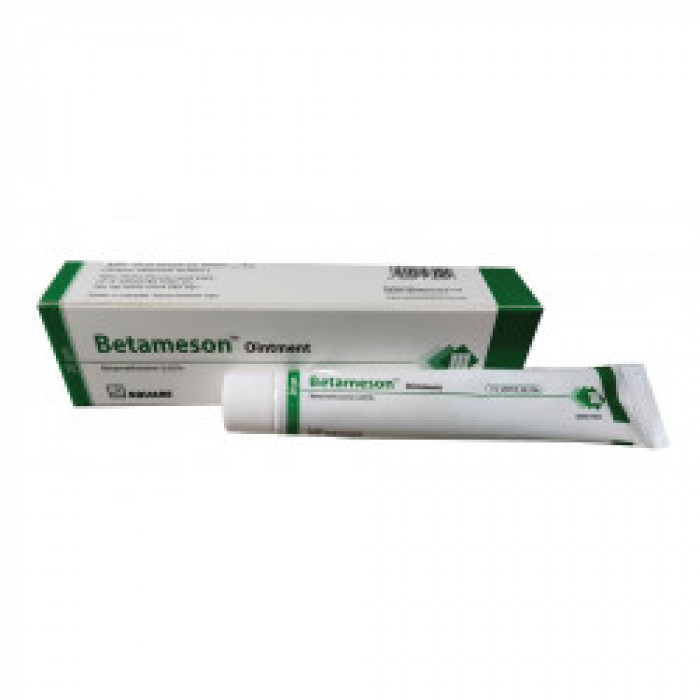
✔ 100% Authentic Product
👁️ Currently Viewing 5068
Betameson Ointment
- Betameson Ointment contains Betamethasone, which belongs to the group of medicines called Corticosteroids. It is used to reduce the redness and itchiness of certain skin problems like eczema (patches of rough and scaly skin with blisters), psoriasis (scales and itchy dry patches due to the build-up of skin cells), and dermatitis (inflammation of the skin).
- Do not smoke or go near naked flames after applying Betameson Ointment, as it is inflammable. Betameson Ointment is not recommended to use in patients having several skin conditions like acne, severe flushing of skin on and around the nose (rosacea), spotty red rash around the mouth (perioral dermatitis), itching around the back passage or private parts, infected skin, and itchy skin which is not inflamed.
- Before using Betameson Ointment, inform your doctor if you have a chronic leg ulcer, psoriasis, or infection of the skin. Betameson Ointment should be used with caution among women who are pregnant or breastfeeding. Betameson Ointment is not recommended for use in children less than 1 year of age.
- The most common side effects of using Betameson Ointment are application site reactions like the feeling of burning, pain, irritation, or itching. Contact your doctor if any of the above symptoms worsen.
Discount
Price: ৳ 46
MRP:
৳
48
5%
Off

100% Genuine Products, Guaranteed

Safe & Secure Payments, Always

Fast, Secure & Efficient Delivery

Proper Packaging
 Cash on Delivery - All over Bangladesh
Cash on Delivery - All over Bangladesh Regular Delivery - 12-24 Hours, Dhaka City* Charge Tk.39-59
Regular Delivery - 12-24 Hours, Dhaka City* Charge Tk.39-59 Regular Delivery - 24-48 Hours, Other Cities* Charge Tk.99-110
Regular Delivery - 24-48 Hours, Other Cities* Charge Tk.99-110
 ফ্রি ডেলিভারিঃ - ৯৯৯ টাকা+ অর্ডারে, ঢাকা
শহরে
ফ্রি ডেলিভারিঃ - ৯৯৯ টাকা+ অর্ডারে, ঢাকা
শহরে ফ্রি ডেলিভারিঃ - ২৯৯৯ টাকা+ অর্ডারে, ঢাকার
বাহিরে
ফ্রি ডেলিভারিঃ - ২৯৯৯ টাকা+ অর্ডারে, ঢাকার
বাহিরে
100% Genuine Products, Guaranteed
Safe & Secure Payments, Always
Fast, Secure & Efficient Delivery
Proper Packaging
 Cash on Delivery - All over Bangladesh
Cash on Delivery - All over Bangladesh Regular Delivery - 12-24 Hours, Dhaka City* Charge Tk.39-59
Regular Delivery - 12-24 Hours, Dhaka City* Charge Tk.39-59 Regular Delivery - 24-48 Hours, Other Cities* Charge Tk.99-110
Regular Delivery - 24-48 Hours, Other Cities* Charge Tk.99-110 ফ্রি ডেলিভারিঃ - ৯৯৯ টাকা+ অর্ডারে, ঢাকা
শহরে
ফ্রি ডেলিভারিঃ - ৯৯৯ টাকা+ অর্ডারে, ঢাকা
শহরে ফ্রি ডেলিভারিঃ - ২৯৯৯ টাকা+ অর্ডারে, ঢাকার
বাহিরে
ফ্রি ডেলিভারিঃ - ২৯৯৯ টাকা+ অর্ডারে, ঢাকার
বাহিরে
✅ Description:
Betameson Ointment (Betamethasone 0.05%) is indicated for Atopic eczema, contact dermatitis, and other inflammatory and itchy manifestations of severe or resistant corticosteroid-responsive dermatitis.
Safety Advices
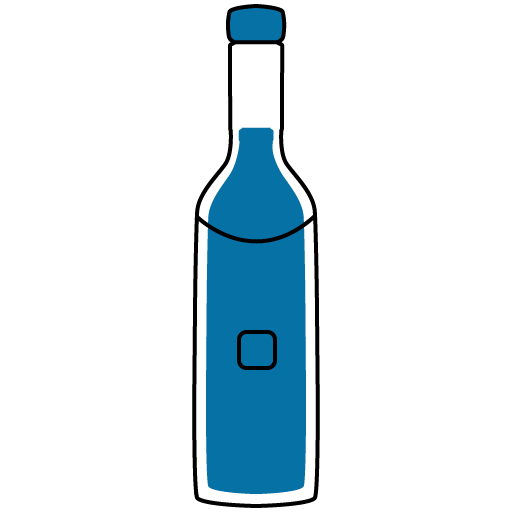
Alcohol
No interaction found/established

Pregnancy
CONSULT YOUR DOCTOR
Betameson Ointment should be used with caution in pregnant women. Consult your doctor before using Betameson Ointment.

Breastfeeding
CONSULT YOUR DOCTOR
Betameson Ointment should be used with caution in breastfeeding women. Consult your doctor before using Betameson Ointment.

Driving
No interaction found/established

Kidney
No interaction found/established

Liver
No interaction found/established
✔️ Uses of Betameson Ointment
- Eczema
- Psoriasis
- Dermatitis
✔️ How Betameson Ointment works?
Betameson Ointment works by acting inside skin cells and preventing the release of certain chemical messengers in the body that cause redness, itching, and swelling. When the skin reacts to any kind of allergens, such chemicals are released normally.
✔️ Side Effects of Betameson Ointment
- Burning sensation at the application site
- Redness of skin
- Itching of skin
- Swelling of face, lips, eyelids, tongue, hands and feet
✔️ Quick Suggestions:
- Betameson Ointment is used to treat the redness, swelling, itching, and discomfort of various skin conditions.
- It should be applied to the affected areas as a thin film two or three times daily, or as advised by your doctor.
- Don't use it more often or for longer than advised by your doctor.
- Don't cover the area being treated with airtight dressings such as bandages unless directed by a doctor, as this may increase the risk of side effects.
- If you think the area of skin you are treating has become infected you should stop using Betameson Ointment and consult your doctor.
- Consult your doctor if your skin condition has not improved after 2 weeks of treatment.
✔️ Indication of Betameson Ointment
Betameson Ointment is used to treat a variety of skin conditions (such as eczema, dermatitis, allergies, and rash). Betamethasone reduces the swelling, itching, and redness that can occur in these types of conditions.
✔️ Pharmacology
Betamethasone is a glucocorticoid-primarily corticosteroid. It prevents and regulates inflammation by regulating protein synthesis, inhibiting polymorphonuclear leukocyte and fibroblast migration, and reversing capillary permeability and lysosomal stabilization.
A topical corticosteroid with anti-inflammatory, anti-pruritic, and vasoconstrictive properties is betamethasone dipropionate. A peptide known as lipocortin is induced by betamethasone dipropionate. Phospholipase A2, an enzyme that leads to the breakdown of leukocyte lysosomal membranes and the release of arachidonic acid, is inhibited by lipocortin. This has the effect of reducing the production and release of inflammatory mediators from within the body (including prostaglandins, kinins, and histamine).
In terms of pharmacokinetics, intact, healthy skin can absorb betamethasone dipropionate. To varying degrees, corticosteroids bind to plasma proteins. The liver and kidneys are where corticosteroids are primarily metabolized and eliminated.
✔️ Dosage & Administration of Betameson Cream
Apply a thin film to the affected area once or twice each day to completely cover it. Patients with chronic psoriasis who have experienced at least a noticeable improvement in their psoriatic lesion (i.e., about 80% improvement) with Betamethasone Dipropionate may be kept in remission with a pulse dosing regimen consisting of three consecutive applications of up to 3.5 g of each Betamethasone Dipropionate cream and ointment, spaced out by twelve hours (e.g., morning, evening, next morning), The previously affected and treated lesion sites should be covered with Betamethasone Dipropionate cream and ointment for this reason. Patients who experience a relapse while on this pulse dose regimen should switch back to the standard dosing regimen.
Always apply Betameson Ointment as directed by your physician. It is for external use only. Apply a thin layer of Betameson Ointment to the affected area. Avoid applying this medicine around your eyes, including your eyelids. Your doctor will decide the correct dose and duration of Betameson Ointment depending on your age, weight, and health condition.
✔️ Interaction of Betameson Cream
There is no evidence of any kind of interaction.
✔️ Contraindications
Allergic to betamethasone dipropionate, other corticosteroids, or any component of this preparation. Like other topical corticosteroids, betamethasone dipropionate is contraindicated for viral skin infections such as vaccinia, chickenpox, and herpes simplex, as well as tuberculosis, rosacea, fungal skin infections (candidiasis), perioral dermatitis and ulcers sick.
✔️ Pregnancy & Lactation
The safety of using the ointment during pregnancy is not established as there is not enough data to identify the potential risk of birth defects, miscarriage, or adverse outcomes for the mother and the fetus. Studies conducted on animals suggest that the use of ointment during pregnancy may increase the risk of malformations in the fetus. Pregnant women should use the ointment on the smallest possible skin area for the shortest duration possible to reduce the risk of low birth weight infants.
The safety of using the ointment during breastfeeding is not established as there is not enough data to determine the presence of the drug in human milk and the potential adverse effects on the breastfed infant. The benefits of breastfeeding should be considered along with the mother's need for the therapy and the potential adverse effects on the infant. Breastfeeding women should use the ointment on the smallest possible skin area for the shortest duration possible and avoid direct application to the nipple and areola to minimize exposure to the breastfed infant.
✔️ Precautions & Warnings
- Treatment should be stopped and alternative treatments should be started if betamethasone dipropionate use causes itchiness or allergies.
- Since corticosteroids are known to be absorbed through the skin, patients receiving intensive and protracted local treatments should be aware of the possibility of systemic side effects.
- Because betamethasone dipropionate will increase the systemic absorption of corticosteroids, it is not appropriate for occlusive dressings.
- Topical corticosteroid treatments used over an extended period of time may result in stretch marks or subcutaneous tissue atrophy.
- Betameson Ointment is not recommended to use in children below 1 year of age. Consult your child’s doctor before using Betameson Ointment.
✔️ Storage Conditions
Keep the temperature below 30°C, and protect from light and moisture. Keep out of reach of children.
⚠️Disclaimer:
At ePharma, we’re committed to providing accurate and accessible health information. However, all content is intended for informational purposes only and should not replace medical advice from a qualified physician. Please consult your healthcare provider for personalized guidance. We aim to support, not substitute, the doctor-patient relationship.





